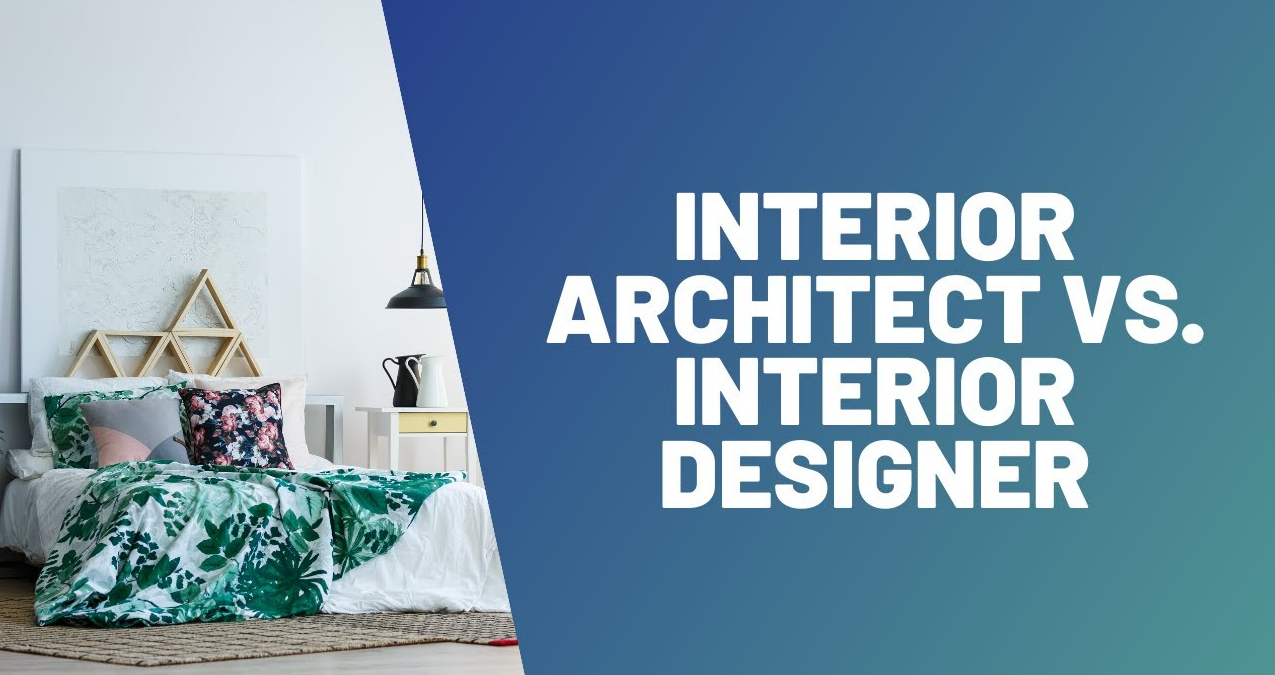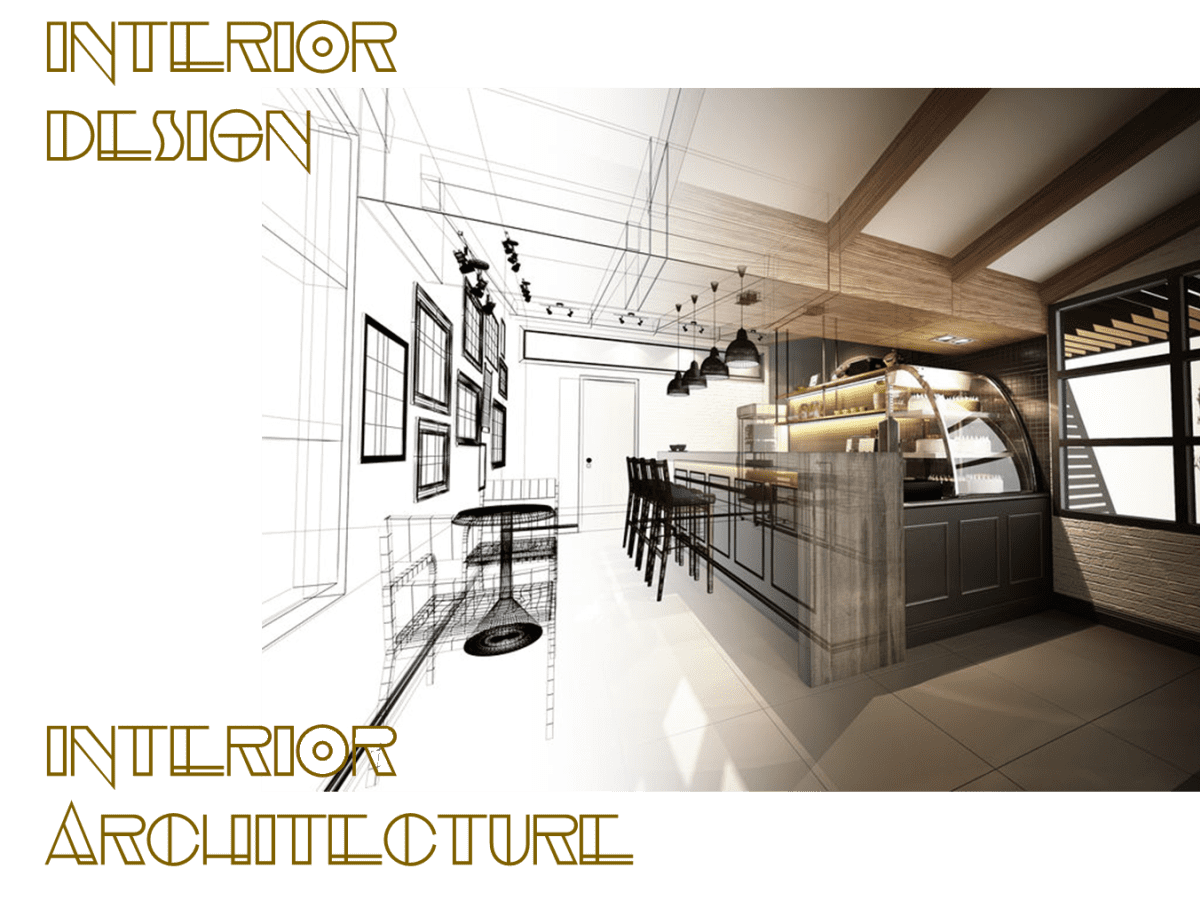Explore the Expertise of Hampshire Design Experts for Unique Residential Projects
Explore the Expertise of Hampshire Design Experts for Unique Residential Projects
Blog Article
The Art of Equilibrium: How Interior Design and Home Architect Collaborate for Stunning Results
In the world of home design, striking a balance between looks and functionality is no tiny task. This delicate equilibrium is accomplished with the harmonious collaboration between indoor developers and engineers, each bringing their one-of-a-kind knowledge to the table. Remain with us as we discover the details of this collective process and its transformative impact on home layout.
Comprehending the Core Differences In Between Inside Style and Home Style
While both interior design and home style play important duties in creating cosmetically pleasing and useful rooms, they are naturally various techniques. It deals with the 'bones' of the framework, working with spatial measurements, load-bearing walls, and roof layouts. On the other hand, indoor layout is more worried with boosting the aesthetic and sensory experience within that structure.
The Harmony In Between Home Style and Interior Decoration
The synergy between home design and Interior Design depends on a common vision of layout and the enhancement of useful visual appeals. When these two areas straighten harmoniously, they can change a living room from normal to amazing. This partnership needs a much deeper understanding of each technique's principles and the ability to create a natural, aesthetically pleasing environment.
Unifying Design Vision
Merging the vision for home style and interior design can develop an unified living space that is both functional and aesthetically pleasing. It advertises a collaborating strategy where building components complement indoor layout components and vice versa. Thus, unifying the layout vision is essential in mixing style and indoor style for sensational outcomes.
Enhancing Practical Visual Appeals
How does the harmony between home architecture and Interior Design enhance practical aesthetic appeals? This synergy enables the production of rooms that are not only aesthetically appealing yet additionally comfortably functional. Architects prepared with their structural layout, making certain that the area is functional and reliable. The indoor developer then matches this with carefully chosen elements that improve the appearances without compromising the functionality. This harmonious partnership can cause homes that are both lovely and liveable. An engineer might create a residence with high ceilings and huge home windows. The indoor designer can then emphasize these functions with sheer drapes and high plants, respectively, hence enhancing the visual allure while maintaining the practical advantages of natural light and spaciousness.
Significance of Collaboration in Creating Balanced Spaces
The partnership in between interior developers and designers is pivotal in creating balanced spaces. It brings consistency between design and design, bring to life rooms that are not just cosmetically pleasing yet likewise practical. Discovering successful joint methods can provide understandings right into exactly how this synergy can be properly attained.
Harmonizing Design and Design
Equilibrium, an important aspect of both Interior Design and design, can just genuinely be accomplished when these 2 areas operate in harmony. This consistency is not just an aesthetic factor to consider; it impacts the performance, resilience, and ultimately, the livability of an area. Interior developers and designers should recognize each various other's duties, respect their know-how, and communicate efficiently. They must take into consideration the interaction of structural components with decor, the circulation of areas, and the effect of light and color. This joint procedure leads to a natural, well balanced style where every aspect adds and has an objective to the general aesthetic. For that reason, integrating style and architecture is not nearly producing beautiful spaces, however regarding crafting areas that work seamlessly for their citizens.
Effective Joint Methods

Case Studies: Successful Assimilation of Style and Design
Checking out a number of situation studies, it comes to be apparent exactly how the effective assimilation of indoor layout and architecture can transform a room. Engineer Philip Johnson and indoor designer Mies van der Rohe teamed up to create a harmonious equilibrium in between the structure and the inside, resulting in see this site a smooth flow from the outside landscape to the internal living quarters. These case studies highlight the extensive impact of an effective design and architecture partnership.

Getting Over Challenges in Design and Design Partnership
Despite the obvious advantages of a successful cooperation in between Interior Design and style, it is not without its challenges. Interaction concerns can arise, as both parties might utilize various terminologies, understandings, and methods in their work. This can cause misunderstandings and delays in task completion. One more major obstacle is the balancing act of aesthetic appeals and performance. Engineers might prioritize structural stability and safety, while designers concentrate on convenience and style. The integration of these objectives can be complicated. Additionally, budget and timeline constraints frequently add stress, possibly creating rifts in the cooperation. For that reason, reliable interaction, good understanding, and concession are critical to overcome these difficulties and accomplish a unified and successful partnership.

Future Trends: The Evolving Partnership In Between Home Architects and Inside Designers
As the world of home style remains to advance, so does the relationship between designers and indoor developers. The pattern leans towards an extra incorporated and joint strategy, damaging devoid of conventional duties. Engineers are no more exclusively focused on architectural stability, however likewise engage in improving visual charm - Winchester architect. Alternatively, indoor designers are accepting technical elements, affecting general format and functionality. This advancing symbiosis is driven by advancements in technology and the growing need for rooms that are not just visually pleasing however sustainable and additionally functional. The future assures a more natural, innovative, and adaptive approach to home layout, as designers and designers continue to obscure the lines, promoting a partnership learn this here now that genuinely embodies the art of equilibrium.
Final thought
The art of equilibrium in home layout is attained via the harmonious collaboration between interior developers and engineers. An understanding of each other's self-controls, efficient communication, and shared vision are vital in developing aesthetically magnificent, useful, and welcoming spaces. In spite of challenges, this collaboration cultivates growth and technology in style. As the connection in between home engineers and interior designers evolves, it will continue to form future fads, enhancing comfort, efficiency, and individual expression in our space.
While both indoor design and home style play essential functions in producing cosmetically pleasing and practical rooms, they are naturally various self-controls.The synergy between home design and indoor design lies in a shared vision of layout and the improvement of useful visual appeals.Combining the vision for home style and indoor design can create an unified living area that is both practical and visually pleasing. Hence, unifying the layout vision is essential in blending architecture and interior design for magnificent results.
How does the synergy between home style and interior layout improve practical appearances? (Winchester architect)
Report this page